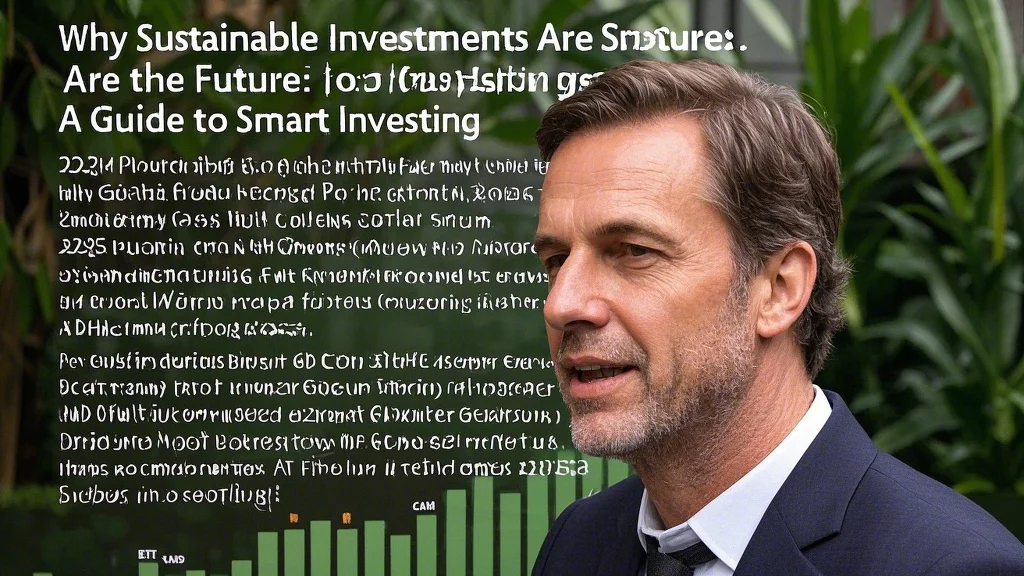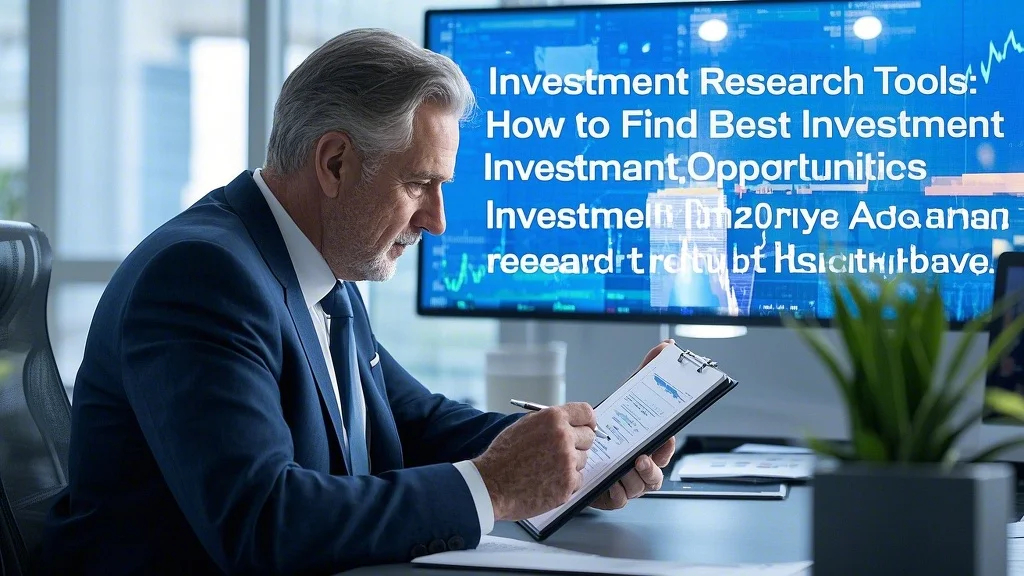Understanding the Power of ETFs in Modern Investing
Exchange-Traded Funds (ETFs) have revolutionized the way investors approach the market, offering a unique combination of flexibility and diversification. When building a strong investment portfolio, incorporating smart ETFs can provide exposure to various asset classes while maintaining cost efficiency. These investment vehicles allow investors to access broad market indices, specific sectors, or even niche markets with a single transaction. The liquidity of ETFs, combined with their typically lower expense ratios compared to mutual funds, makes them an attractive option for both novice and experienced investors looking to optimize their portfolio’s performance.
Strategies for Effective Investment Portfolio Diversification
Achieving proper investment portfolio diversification is crucial for managing risk and ensuring long-term growth. ETFs offer an efficient way to spread investments across different asset classes, geographies, and industries. By combining equity ETFs with fixed-income instruments and alternative assets, investors can create a balanced portfolio that can weather various market conditions. It’s important to consider not just the number of holdings but also the correlation between different assets when implementing diversification strategies. This approach helps in reducing overall portfolio volatility while maintaining growth potential.

Building Passive Income Streams through ETFs
For investors seeking consistent returns, passive income investments through ETFs can be an excellent strategy. Dividend-focused ETFs, real estate ETFs, and bond ETFs can provide regular income streams while offering the benefits of diversification. These instruments are particularly attractive for retirement planning or for those looking to supplement their primary income. When selecting ETFs for passive income, it’s crucial to consider factors such as dividend yield, expense ratio, and the underlying assets’ quality. A well-structured portfolio of income-generating ETFs can provide both stability and growth potential over the long term.
Leveraging Investment Research Tools for ETF Selection
Making informed decisions in the ETF market requires access to reliable investment research tools. These tools can help investors analyze various aspects of ETFs, including historical performance, expense ratios, holdings composition, and tracking error. Many brokerage platforms now offer sophisticated analytical tools that allow investors to compare different ETFs and assess their suitability for specific investment goals. Additionally, independent research platforms provide valuable insights into market trends and ETF performance, helping investors make more informed decisions when building or adjusting their portfolios.
Incorporating Fixed Income with the Best Bonds for 2025
While ETFs often focus on equities, they also offer excellent opportunities in the fixed income space. Identifying the best bonds for 2025 through bond ETFs can provide stability and income to an investment portfolio. These ETFs can offer exposure to various types of bonds, including government bonds, corporate bonds, and municipal bonds, with different maturity profiles. The advantage of using bond ETFs lies in their ability to provide instant diversification across multiple issuers and maturities, reducing the risk associated with individual bond investments. This approach is particularly valuable in uncertain economic times when fixed income can serve as a portfolio stabilizer.
Balancing Risk and Return in ETF Portfolio Construction
Creating a balanced ETF portfolio requires careful consideration of risk tolerance and investment objectives. While smart ETFs offer various opportunities, it’s essential to maintain a proper balance between growth-oriented and defensive assets. This balance can be achieved by combining equity ETFs with bond ETFs and alternative asset ETFs. The allocation should reflect the investor’s time horizon, financial goals, and risk appetite. Regular portfolio reviews and rebalancing are crucial to maintain the desired risk profile and ensure that the portfolio remains aligned with the investor’s long-term objectives.
Implementing a Long-Term ETF Investment Strategy
Successful ETF investing requires a disciplined, long-term approach. While investment research tools can help identify opportunities, it’s important to resist the temptation of frequent trading. A well-constructed ETF portfolio should be designed to weather market fluctuations and benefit from long-term growth trends. This strategy involves regular contributions, reinvestment of dividends, and periodic rebalancing to maintain the desired asset allocation. By focusing on long-term goals rather than short-term market movements, investors can maximize the potential of their ETF investments and build substantial wealth over time.



